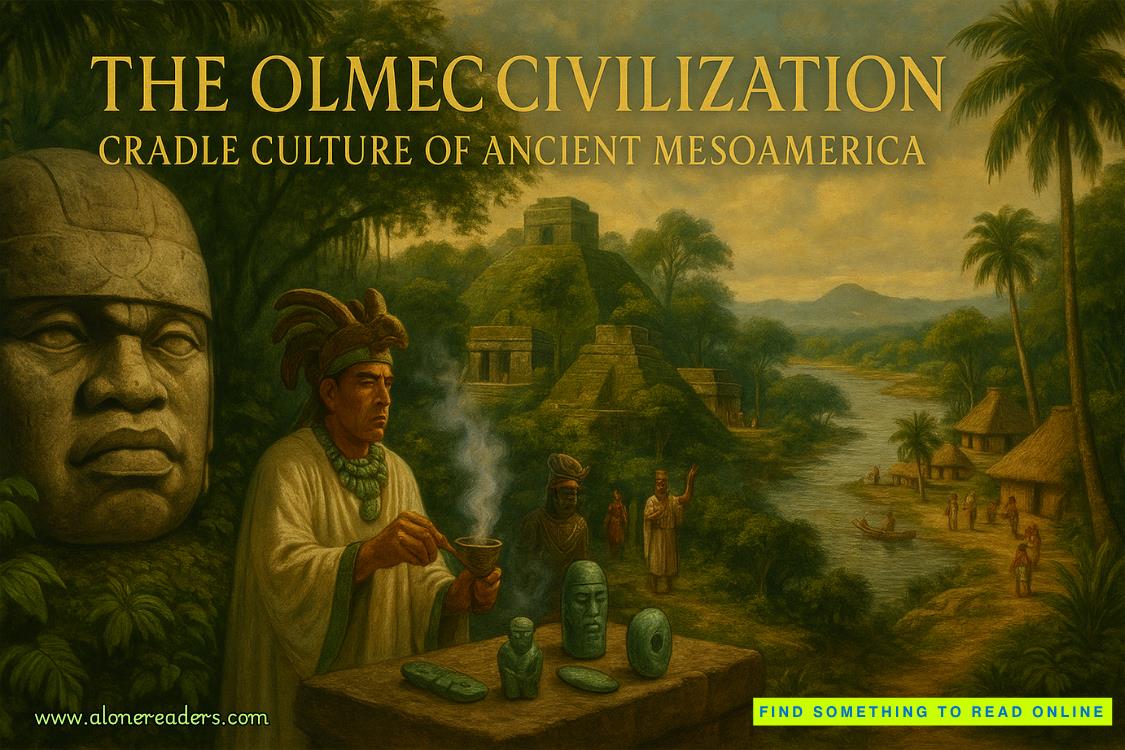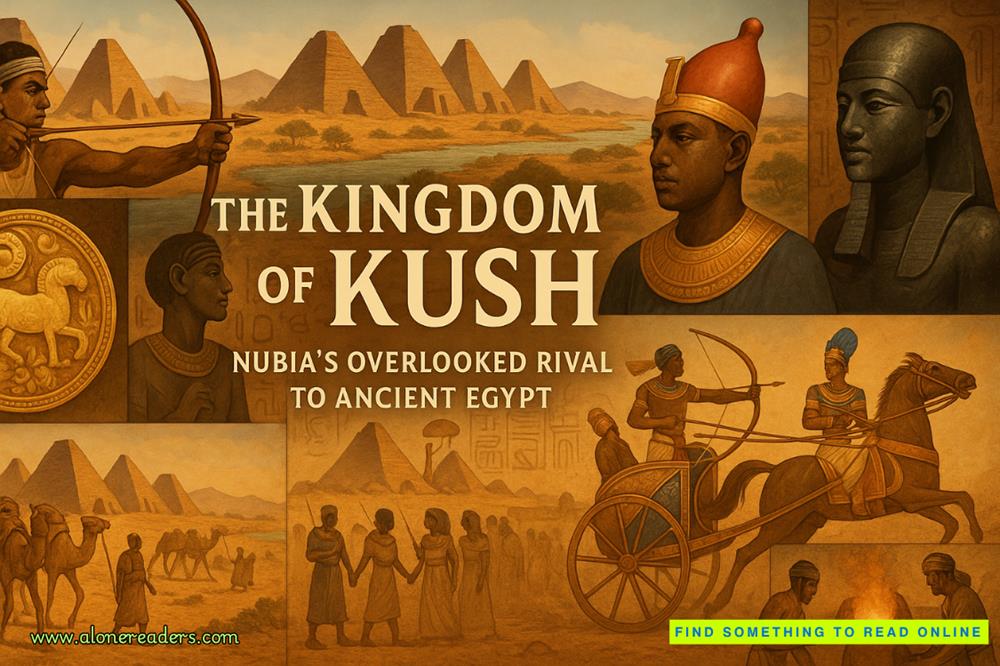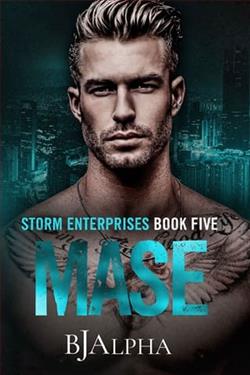Page 101 of Prince of Masks
The Acacius theory proposes that, while the two offspring from ancient bloodlines gestate in utero, one is stronger than the other. The stronger embryo absorbs most, if not all, available magic within the womb tissue, which leaves little for the second.
This theory is underscored in the case of elite twins.
It is estimated that, in the 17thcentury, the ancient bloodlines produced a total of 78 twins across the continent of Europe. While twinship is common amongst all witch lines, the deadblood offspring prove most prominent within elite twinship. Of the 78 twins, 37% resulted in either the death of the second-born in birth or the registration of the second-born as a deadblood.
Tests for deadblood in newborns are controversial, as the condition cannot be realised from blood samples. Early tests—as most common in the 1400s—were to lock the babes in a smoky room without ventilation, and the babe who was asphyxiated was considered a deadblood. As of the 1800s, the examination proves no less controversial: the extraction of witch touch: fine scrapings of each fingerprint to be tested for magic residue, or bone marrow.
The extraction of witch touch is 87 per cent effective in determining the magic status of the witch babe.’
A knock interrupts my reading.
I look up at the door for a beat before my heart skips into a race against time.
I choke on a hurried breath as I yank the woollen blanket from the spine of the armchair, then throw it over my legs.
“Come in,” I call out once the blanket is draped over me—and the book.
The door swings open before the incoming of firm, determined steps.
I face the fire.
Abigail places an envelope on the tall, black table at my side. It nestles beside an empty mug of tea I have long since finished.
“Your mother informs that your dinner party will be joined by the Sinclairs this evening,” she tells me.
Gaze on the fire, I nod.
I feel the book burning on my lap.
She dips her head, ever so slightly, then leaves.
My heart thumps, loud, with each receding step she takes. Breath pinned to my chest, I wait.
It’s only when the door clicks shut and some seconds pass that I unearth the book from the woollen throw.
I forget all about the envelope on the side-table.
I scan the subheadings, then settle on ‘DISPLACEMENT’.
‘The practice of relocating deadblood babes into krum society has been the subject of controversy for millennia.
Ancient bloodline families are 91 per cent more likely to displace their deadblood offspring, whether by euthanising or relocating.
While uncommon and unsavoury, deadbloods remain witches in blood and in reproduction.
It is for that reason that, as the Perdita Theory proposes, when deadbloods are released into krum society, and inevitably reproduce with the lesser kind, magical offspring are created.
These are accepted as made ones or made witches.
The question begs, are they made if they are in fact born of a single witch parent whose magic is dormant?’
This isn’t all news to me.
I understand that, as a deadblood, I should have magical children when I do in fact have children. But it makes me think, what would my children be if I mated with a krum?
I have wondered before.
Would they bemade—or half-breeds?















